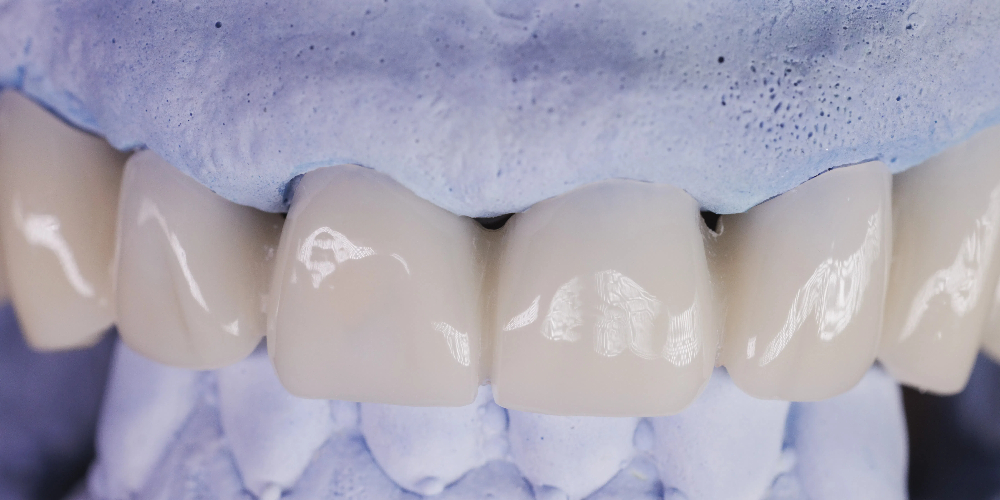A beautiful smile can elevate your confidence and then the overall appearance. However, dental issues such as decay, damage, or missing teeth can hinder your smile’s beauty. In such cases, dental restorations like zirconia crowns and bridges come to the rescue. Among various materials available, monolithic zirconia has gained popularity due to its durability and aesthetic appeal. But is it the right choice for you? Let’s explore the benefits and limitations of the monolithic zirconia crown.
What is Monolithic Zirconia?
Monolithic zirconia is a high-strength ceramic material used in dentistry for creating crowns, bridges, and other restorations. Unlike traditional porcelain-fused-to-metal (PFM) crowns, monolithic zirconia offers a metal-free option with superior strength and durability. It is made from a single block of zirconia, eliminating the need for layers of different materials.

Benefits of Monolithic Zirconia Crowns
Durability: One of the significant advantages of monolithic zirconia crowns is their exceptional durability. They are much stronger than PFM crowns and can withstand heavy biting forces, making them ideal for back teeth restorations.
Aesthetic Appeal: Monolithic zirconia crowns offer excellent aesthetic results as they mimic natural tooth color and translucency. They provide a more natural look compared to metal-based crowns.
Biocompatibility: Zirconia is a biocompatible fabric, meaning it is well-tolerated by the body and does not cause any antagonistic responses. This makes it an excellent choice for patients with metal allergies or sensitivities.
Minimal Tooth Preparation: As monolithic zirconia crowns do not require a metal substructure, less tooth reduction is needed during preparation. This helps preserve more of your natural tooth structure.
Longevity: With proper care, monolithic zirconia crowns can last up to 15 years or even longer. This makes them a cost-effective dental restoration solution for a long time.

Limitations of Monolithic Zirconia Crowns
Cost: One of the main drawbacks of monolithic zirconia crowns is their higher cost compared to other materials like PFM or all-porcelain crowns. However, their durability and longevity make them a worthwhile investment for many patients.
Technique Sensitivity: The success of monolithic zirconia restorations depends on the skill and experience of the dentist and dental technician. Improper fitting or bonding can lead to complications such as chipping or debonding.
Limited Shade Options: While monolithic zirconia crowns offer excellent aesthetics, they may not match the shade of natural teeth as closely as porcelain veneers or all-porcelain crowns. This limitation can be overcome by skilled dental professionals who understand the shading process.
Grinding Sounds: Some patients report hearing grinding sounds when biting down on monolithic zirconia crowns, especially in cases where opposing teeth are also made of zirconia. This issue can be addressed by adjusting the occlusion or using a different material for one of the opposing teeth.
Conclusion
Monolithic zirconia crowns offer several benefits, including durability, aesthetic appeal, biocompatibility, minimal tooth preparation, and longevity. However, they also come with limitations such as higher cost, technique sensitivity, limited shade options, and potential grinding sounds. Consult your dentist to determine if a monolithic zirconia crown is the right choice for your dental needs and budget.
Zirconia in Dentistry


